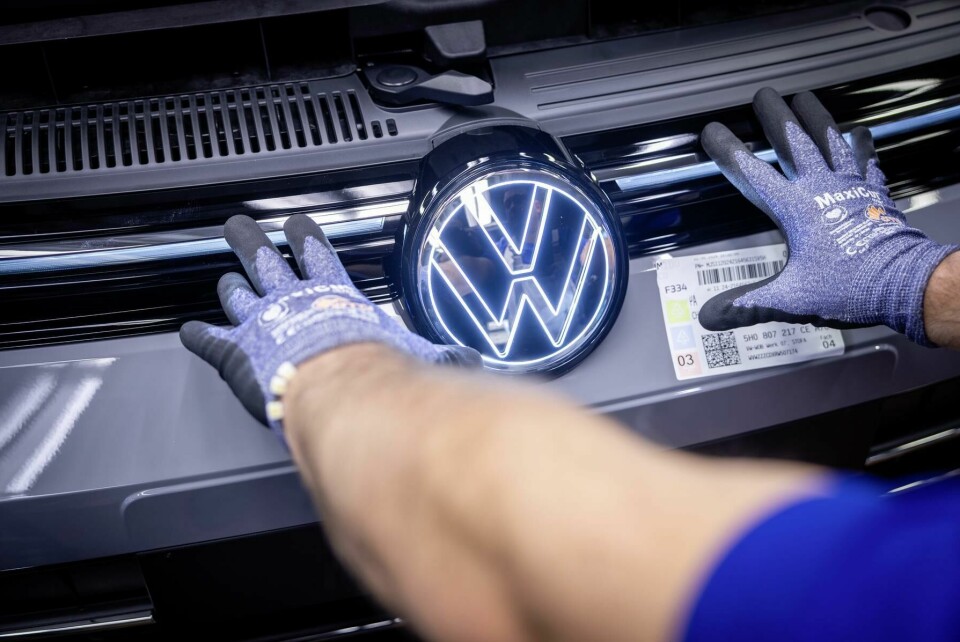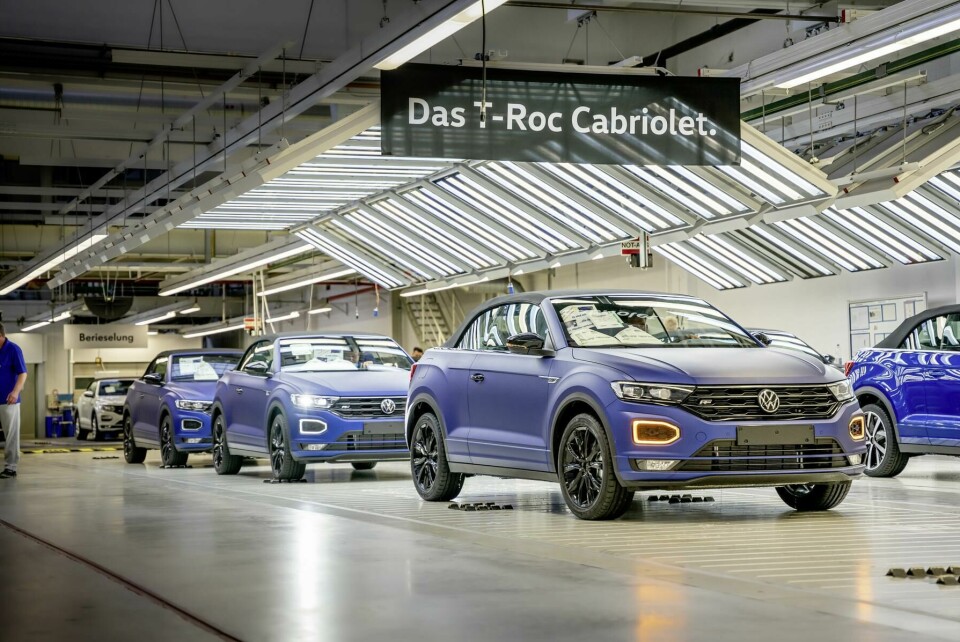Volkswagen faces manufacturing challenges amid financial troubles
Volkswagen is grappling with mounting financial troubles, signalling a worsening situation in its global manufacturing operations. With two profit warnings in three months, the automotive giant faces falling EV sales, factory underutilisation, and tariff threats from China.

The newly imposed, and punitive tariffs on Chinese EV imports into the EU are adding to the financial pressures on VW. For example, Cupra’s Tavascan EV is imported from China and this programme’s economic viability is threatened by additional tariffs. VW also fears retaliatory action by the Chinese authorities could impact its operations in the country.
Why is Volkswagen struggling financially?
Both Volkswagen brand and Porsche have seen Chinese sales fall and given that China is where most German car companies earn most of their profits, this is a major worry. VW’s Chinese sales fell 15% in the last quarter, while Porsche sales in China fell to their lowest in a decade. VW’s CEO Olier Blume is especially worried that the Chinese authorities there will punish EU manufacturers in response to the new tariffs on imported Chinese EVs. He is not alone in this, with BMW and Mercedes executives expressing similar concerns, and the German government voting against this measure, but failing to veto the EU policy in this area.
“VW management is looking at cutting capacity, having indicated that the company has arguably two plants’ worth of excess capacity in Europe”
The situation is not much better in Europe, nor in the US, especially for EVs. In Europe, VW’s EV sales fell 12%, while in the US they fell by 40% (although across the brand, including ICE sales, VW sales rose 6.2%); Audi’s US sales fell by 22%. The removal of the remaining subsidies for EV sales in Europe has exposed the chasm between EV prices and what consumers will pay for an EV. In a partial response to disappointing EV sales, VW has added a new ICE powered SUV, the Tayron, which replaces the Tiguan Allspace, filling a gap in the Volkswagen range between Tiguan and the top-of-the-range Touareg. The Tayron, which has been on sale in China for some time, will be made in Wolfsburg, improving that plant’s poor utilisation figures.

Over capacity increases VW’s production challenges in Europe
In addition, VW management is looking at cutting capacity, having indicated that the company has arguably two plants’ worth of excess capacity in Europe, with its long run demand 500k a year lower than in the recent past. Plant closures in Germany, despite long-standing union agreements, which are supposed to prevent these, are a real possibility. However, the only factory which appears to be in immediate danger is the small former Karmann factory in Osnabruck which makes Porsche Boxsters and Caymans, but this contract will not be renewed in 2026 when the models change to a new platform. This factory also makes the T-Roc cabrio, which could switch to Portugal where the fixed top versions are made. If the company’s worst projections are realised, then a major plant in Germany or elsewhere in Europe will likely have to close.
Senior executives are also moving jobs to inject new ideas and dynamism into VW’s operations. The former head of IT at Porsche, Matthias Ulbrich, has taken over the group head of organisational development, with the person he replaces – Yvonne Bettkober – taking on the poisoned chalice of the Cariad software unit.
However, it is the group’s financial position in Europe which is the serious problem; in October it issued its second profits warning in three months, with revenue, profit and cash flow projections all falling, as well as unit sales. This is why for the first time in its history the company is talking about closing factories in Europe, specifically in Germany. The union bosses from IG Metall, who sit on the company’s supervisory board, are facing a real challenge. The finances of the group demand major cost cuts, but where the axe will fall remains to be seen. The group’s profit margin is now projected at 5.6%, down from 7% in July. The Audi plant in Brussels – which has been producing well below capacity for some years – may be sold to Nio of China and the future of the Osnabruck factory is, as noted above, in doubt. But further cutbacks are likely to be needed but where these will be made is not yet clear.
Chinese EV makers ready to absorb EU tariff costs
What is clear however is that the competitive landscape in which VW operates in getting tighter by the day; demand is falling in Europe, EV sales are not taking off, development costs are rising, and the Chinese are coming to Europe in a major way. The EU’s decision to impose additional tariffs of more than 30% on some Chinese imports may be designed to slow the rise in Chinese VMs’ share of the EV market, but the Chinese are ready. Some have indicated they will not raise prices in response to tariffs, preferring to absorb the tariff hit to build market share; they may also limit EV sales, diverting imports to PHEVs or indeed retaining some ICE sales for longer; and most significantly the Chinese VMs are accelerating plans to open plants in Europe. BYD has two factories confirmed, in Hungary and Turkey; before long Chery will be producing at the former Nissan plant in Spain; and others, notably GAC, Dongfeng and MG are likely to add European production within the next couple of years.
The pressure on VW’s finances will intensify, of that there is no doubt; and this time, the impact will be felt in manufacturing. Factories will close, investment will be cut, and equipment purchases delayed and in many cases cancelled. Change is coming, but the scale of that change remains to be seen.


